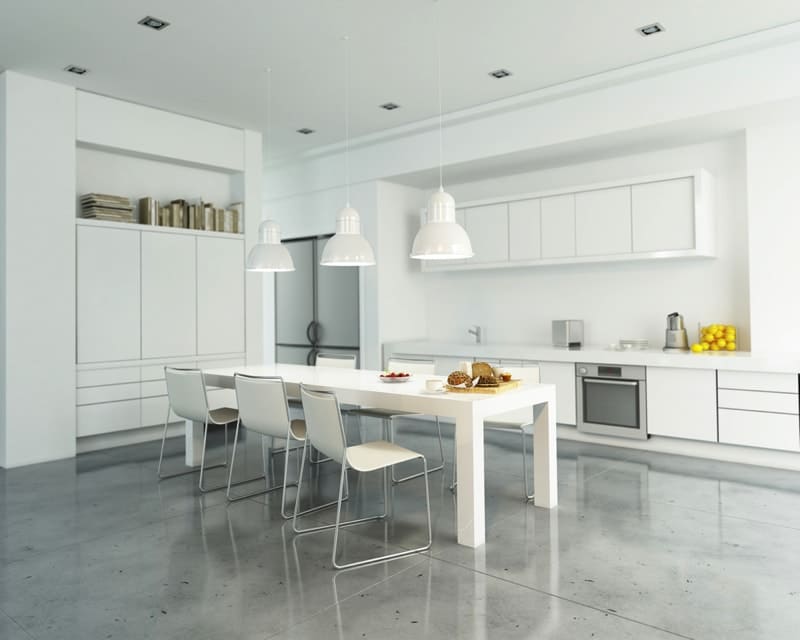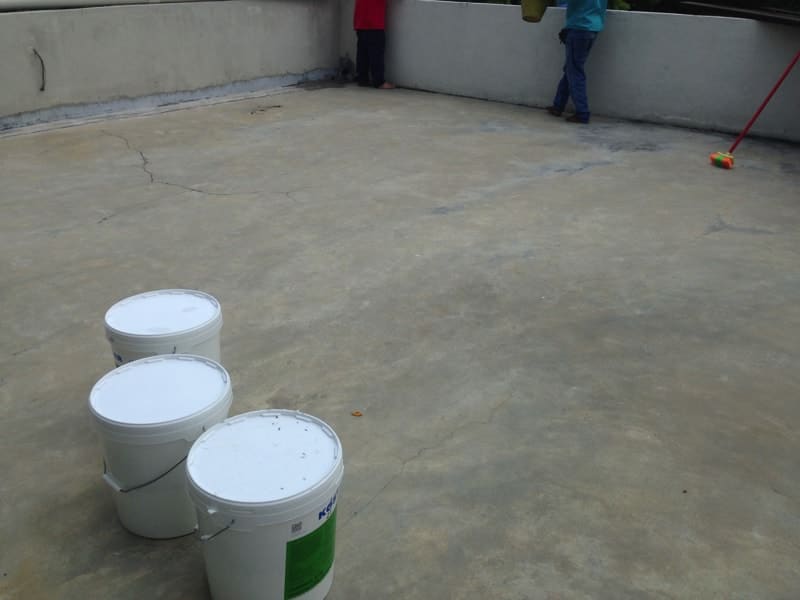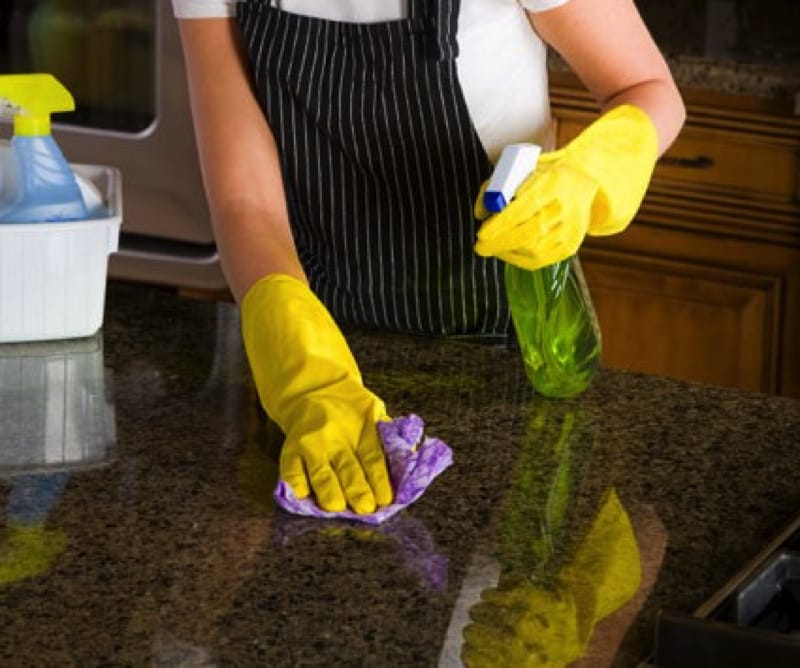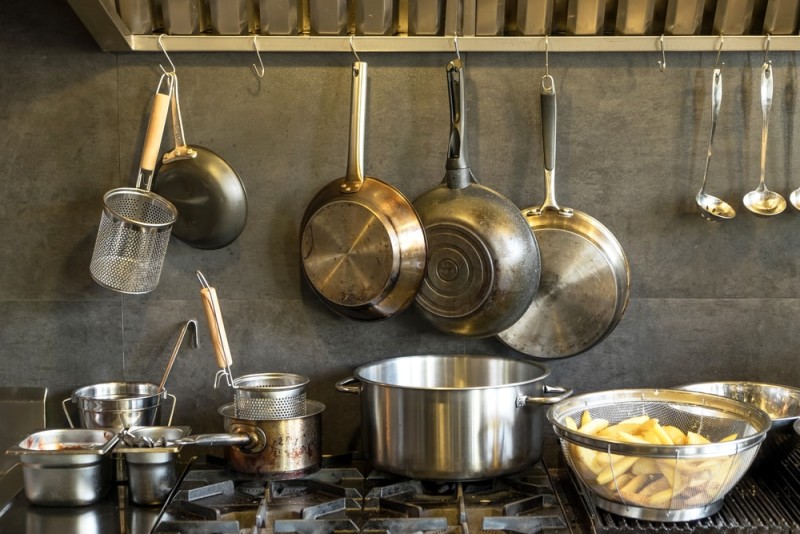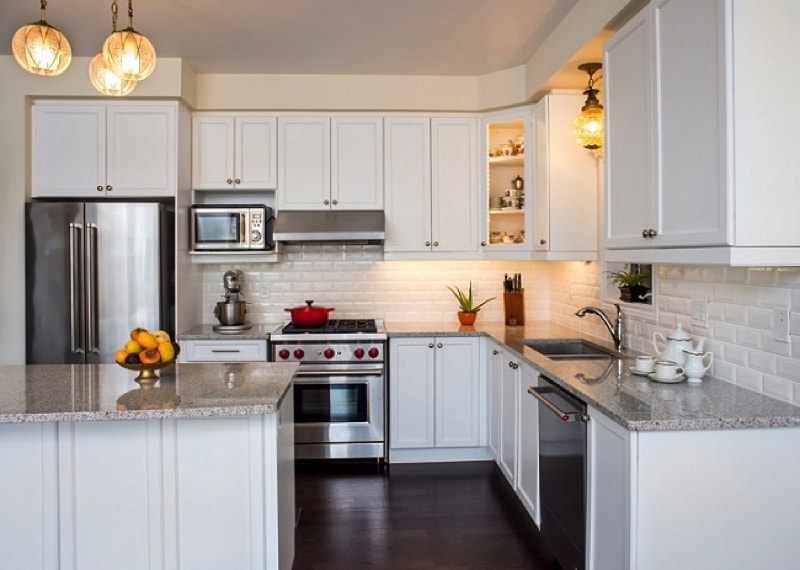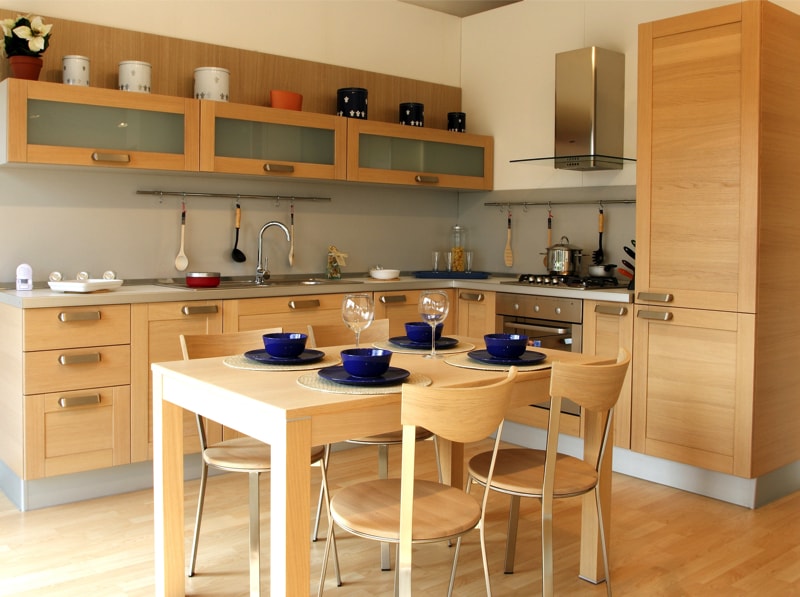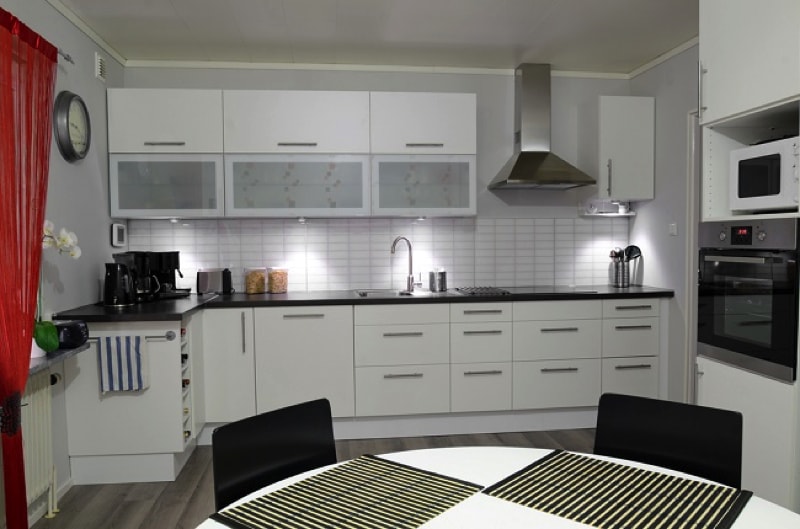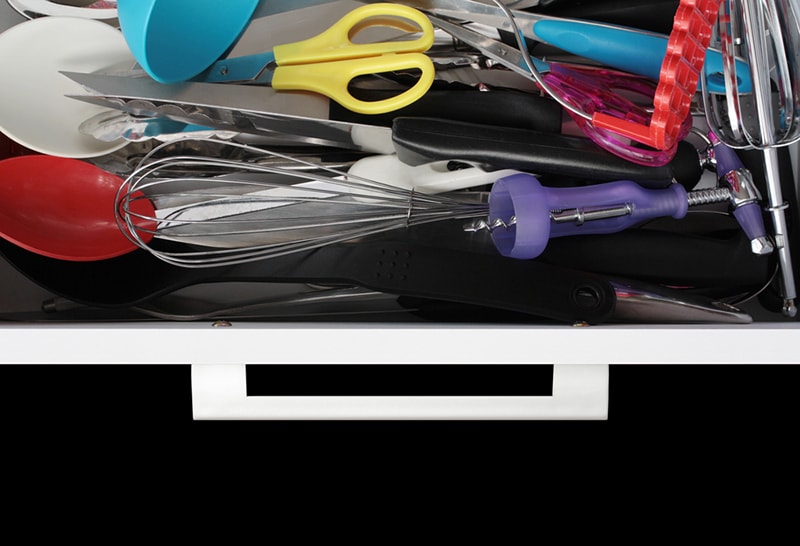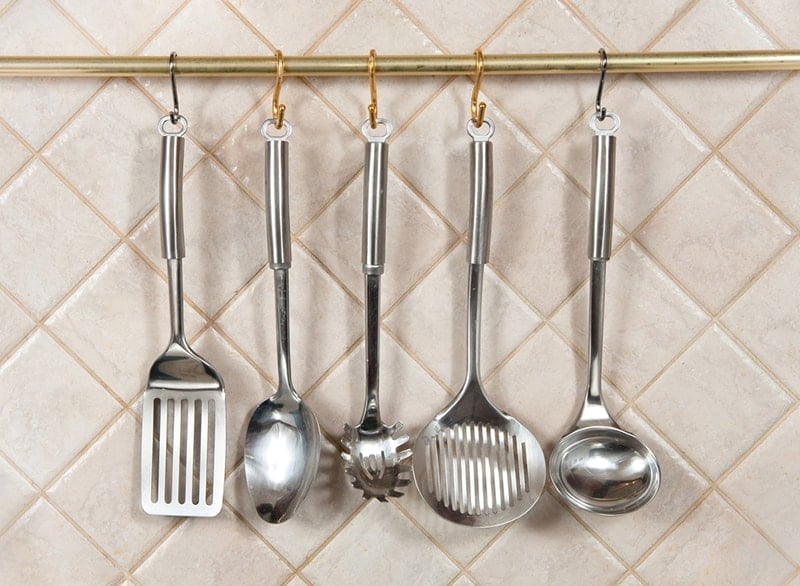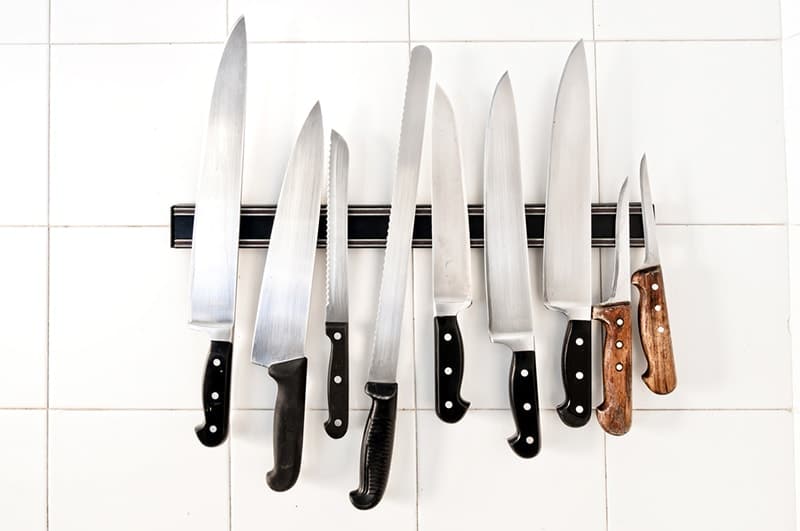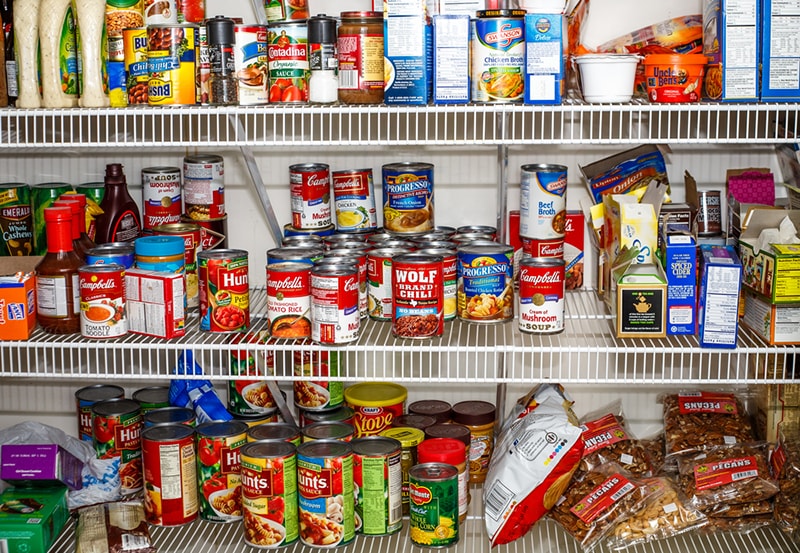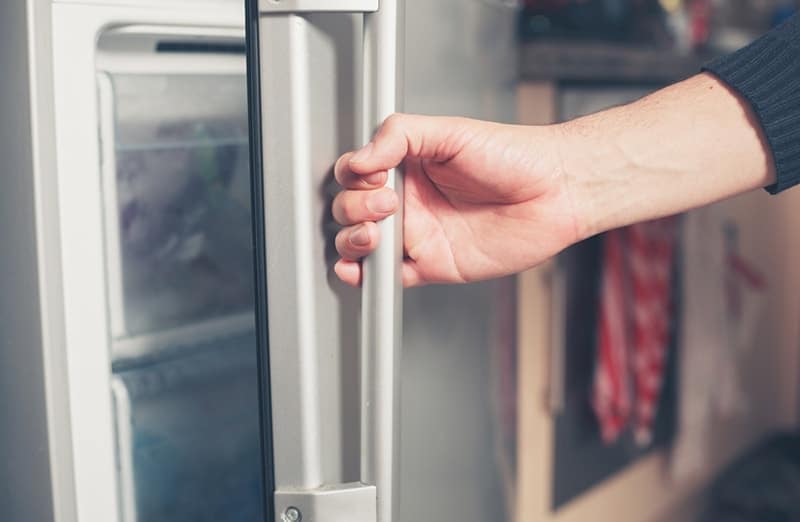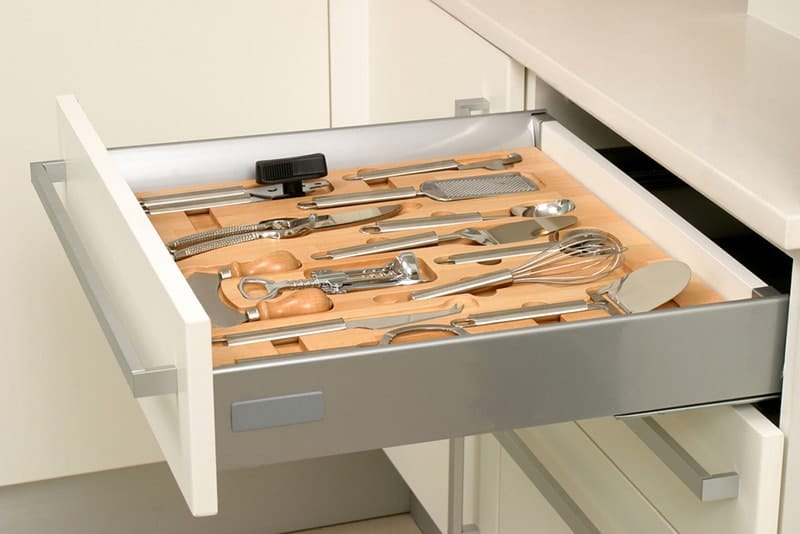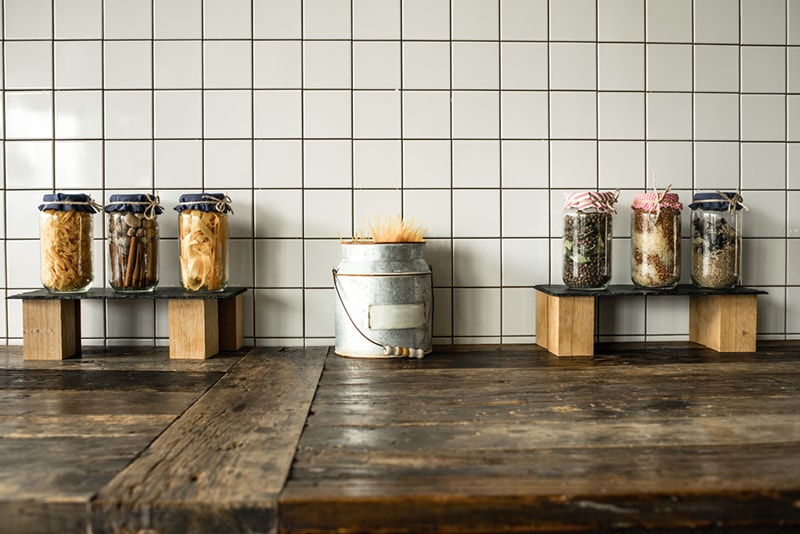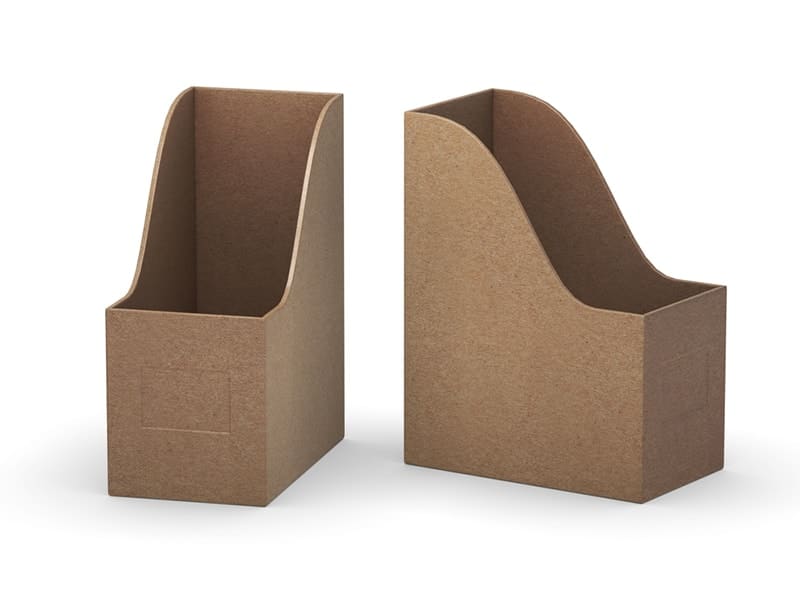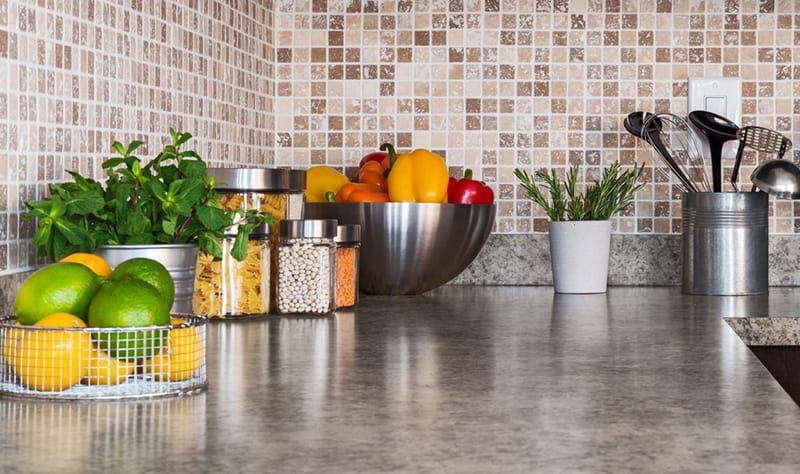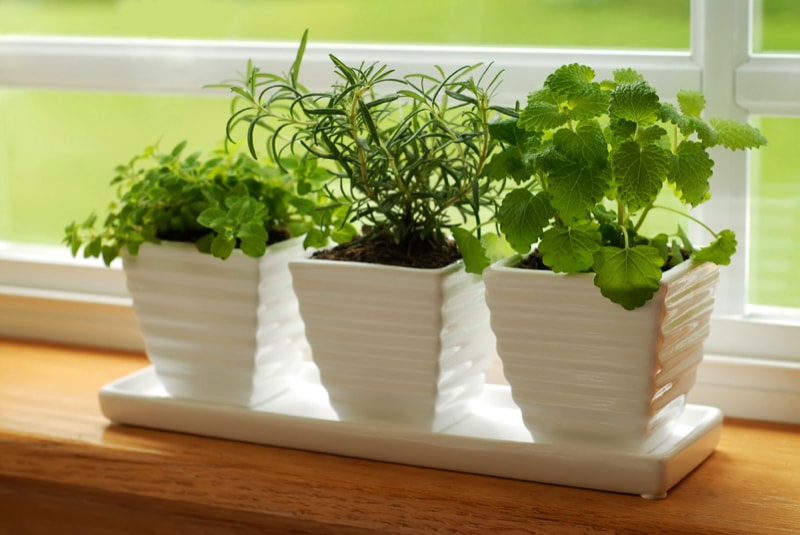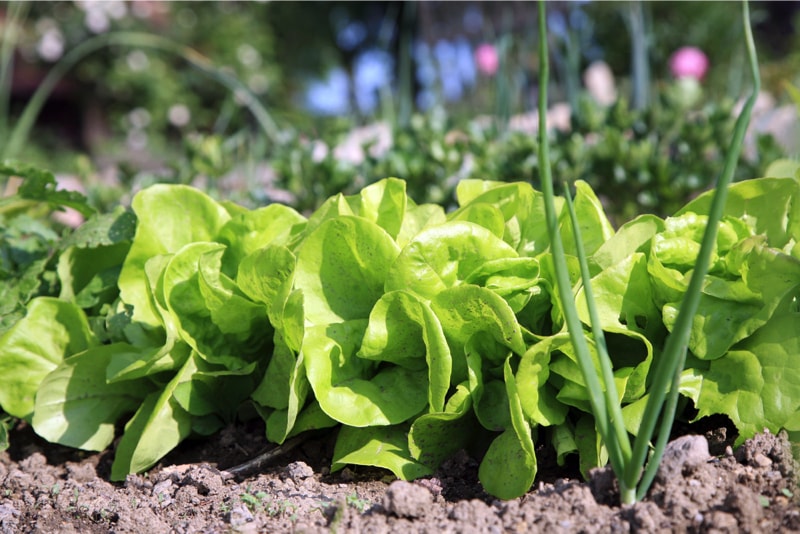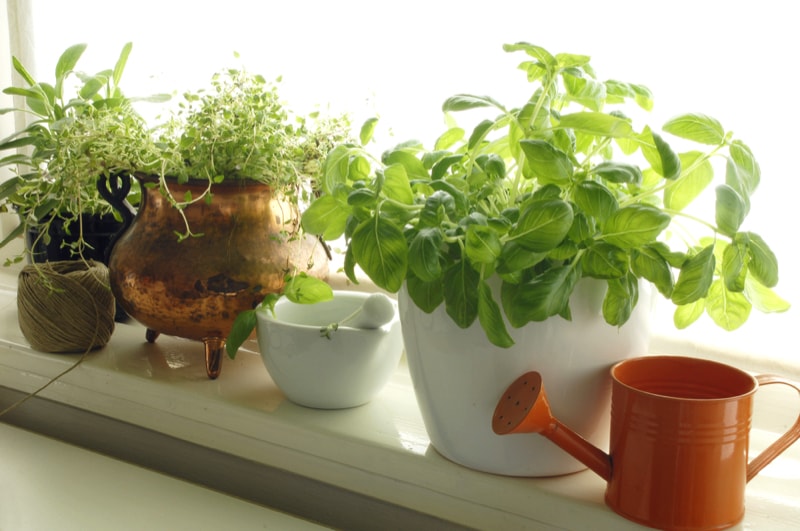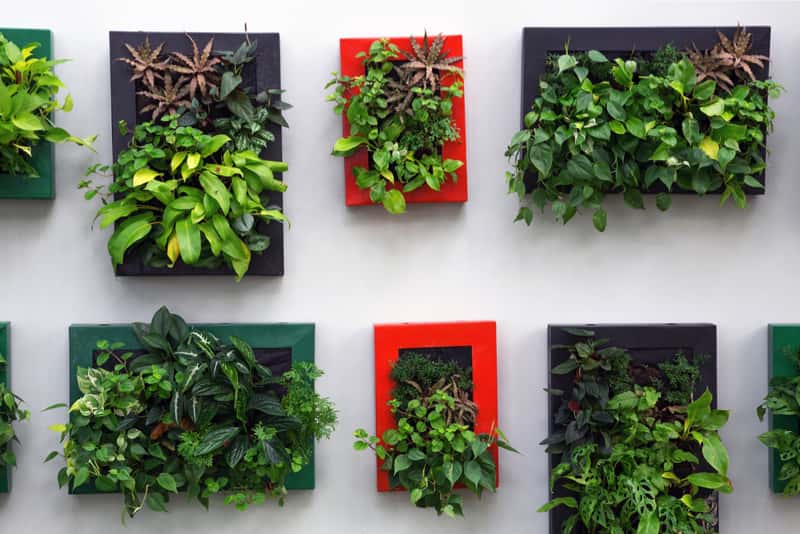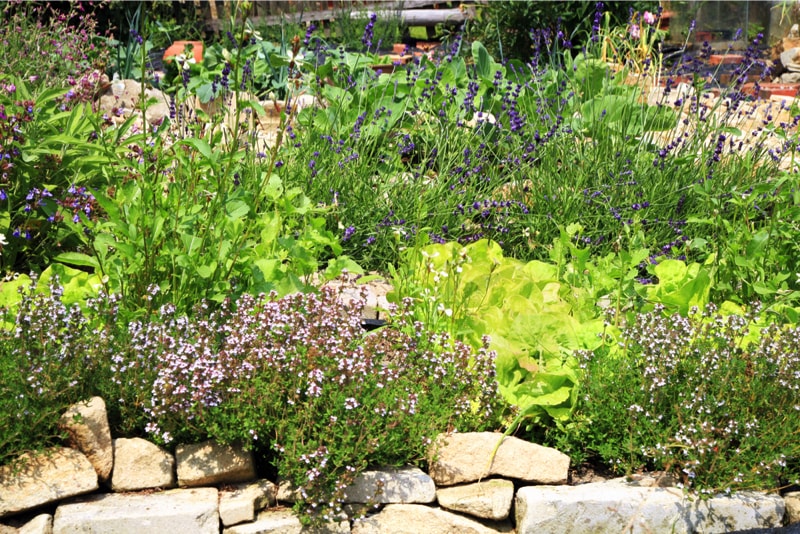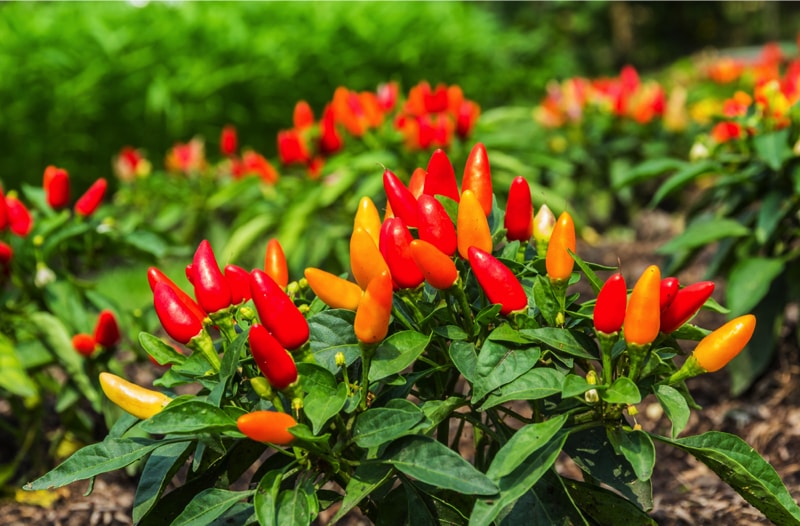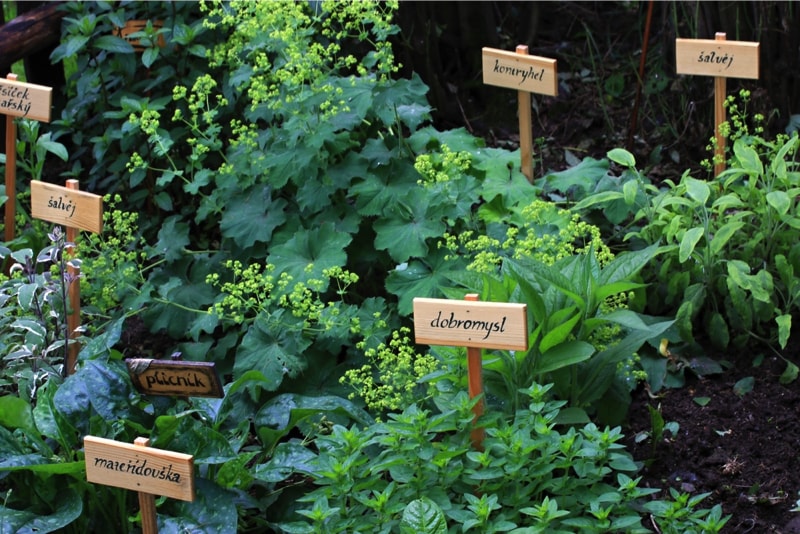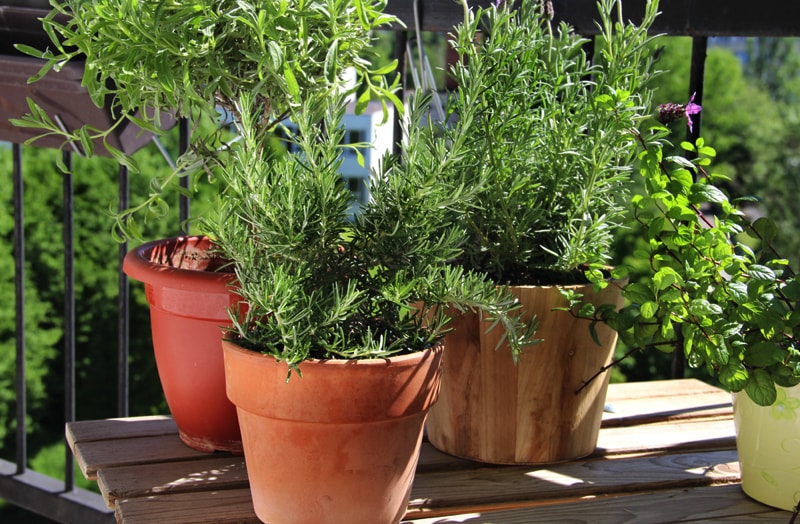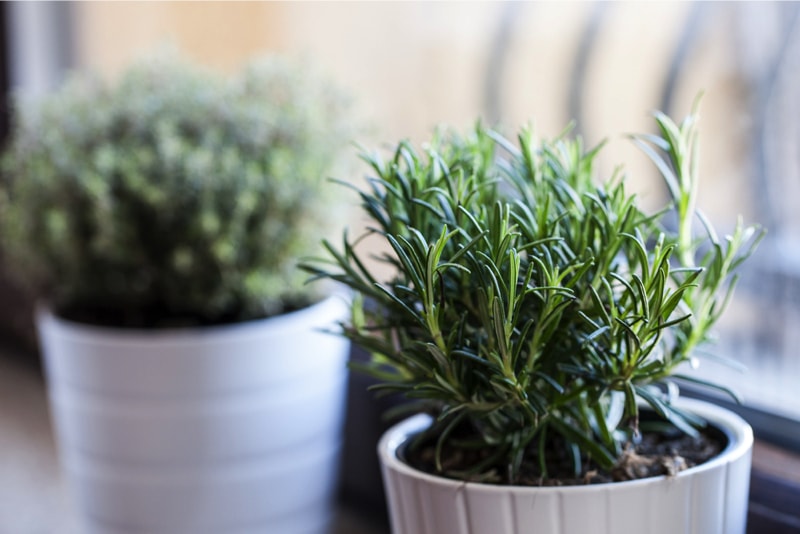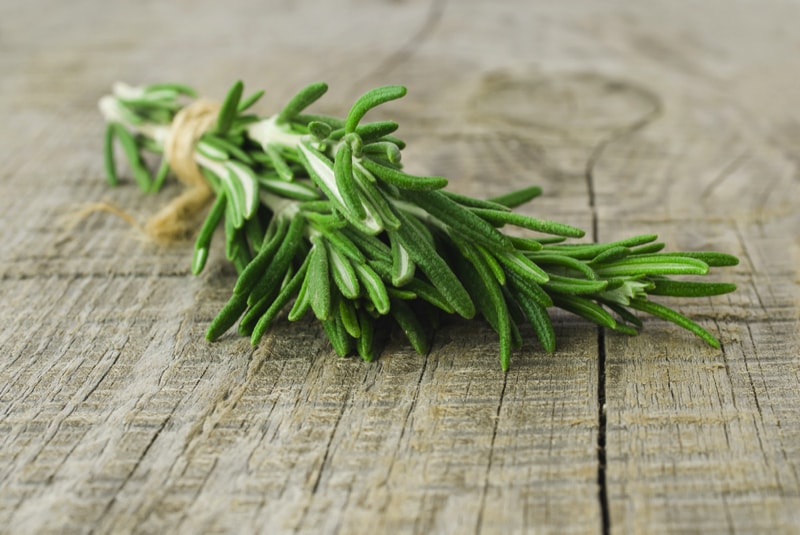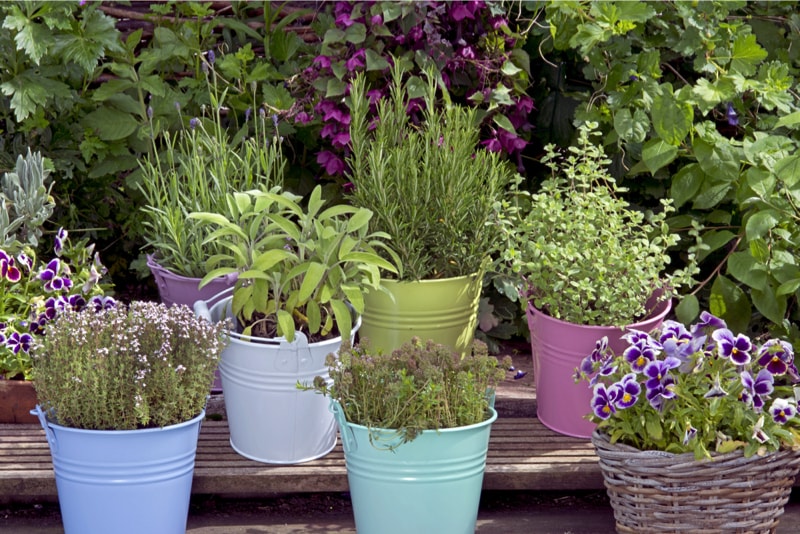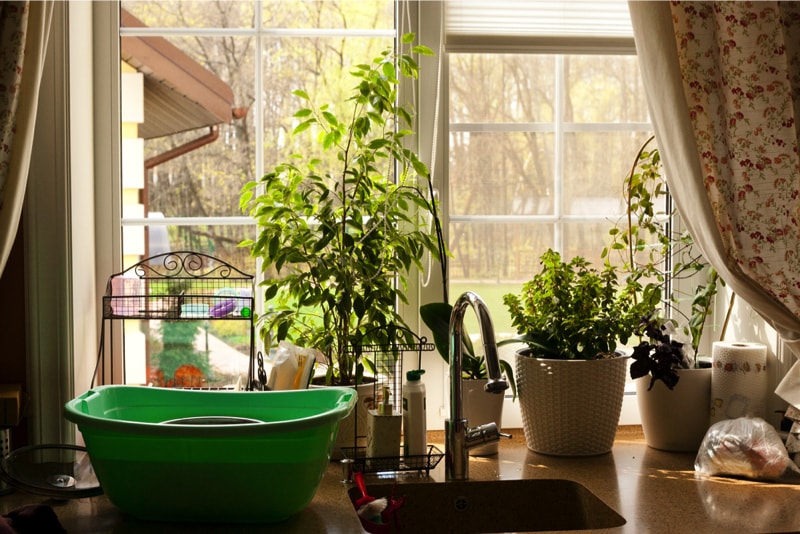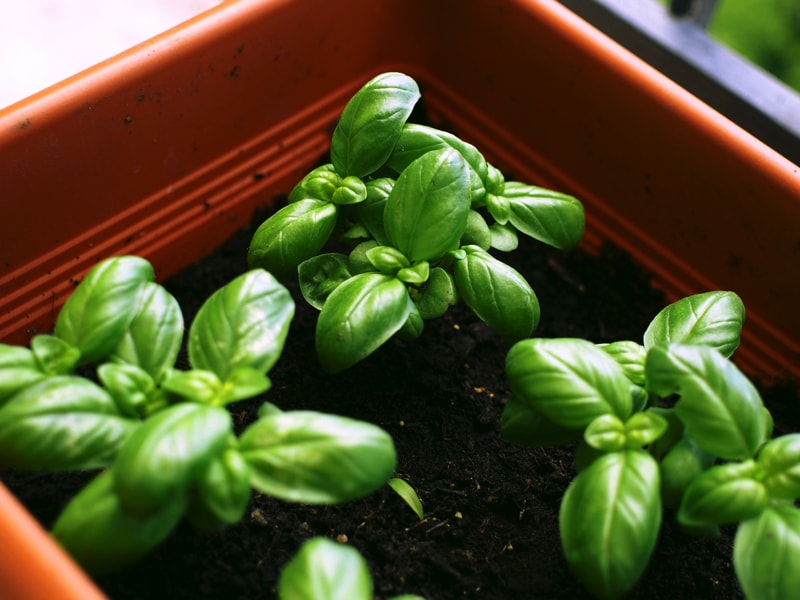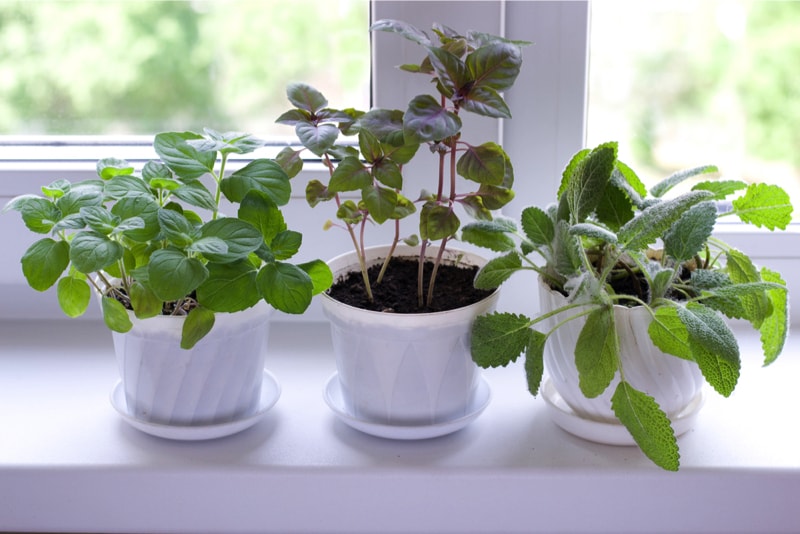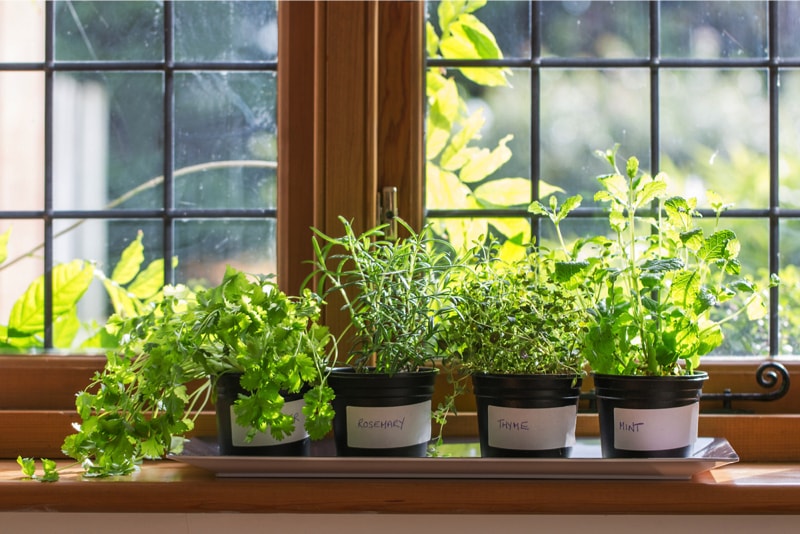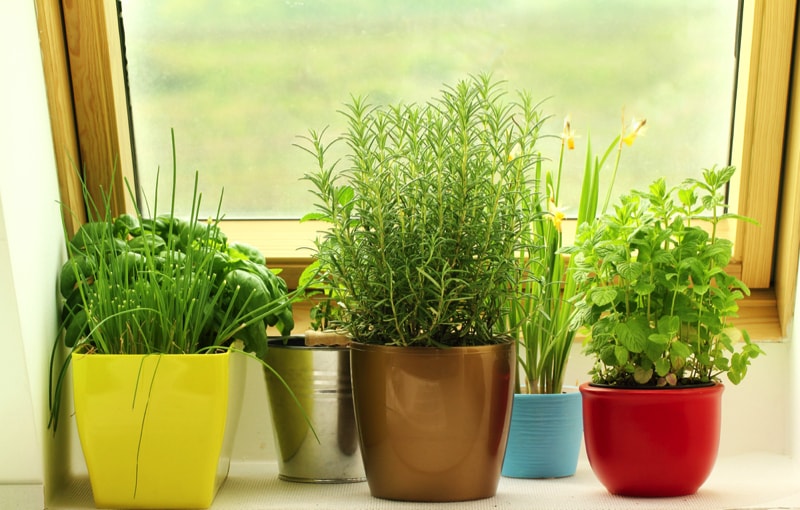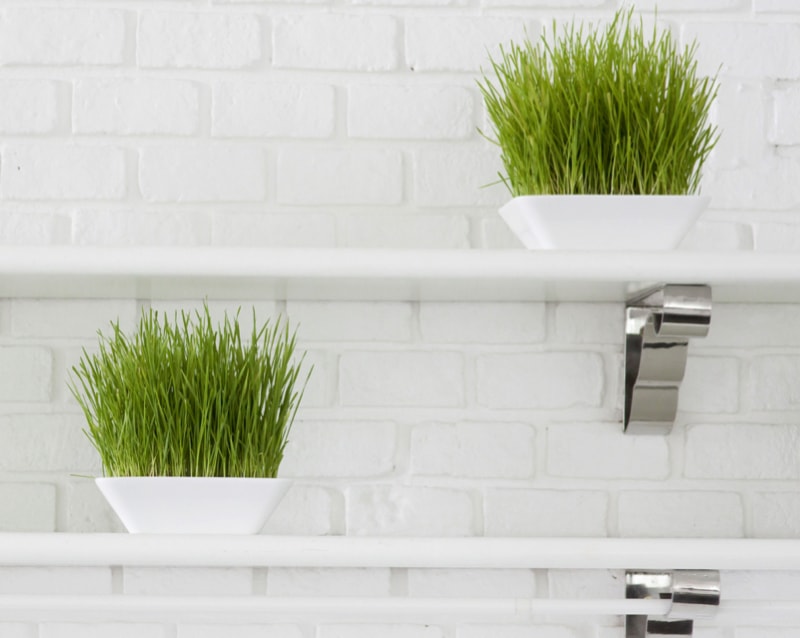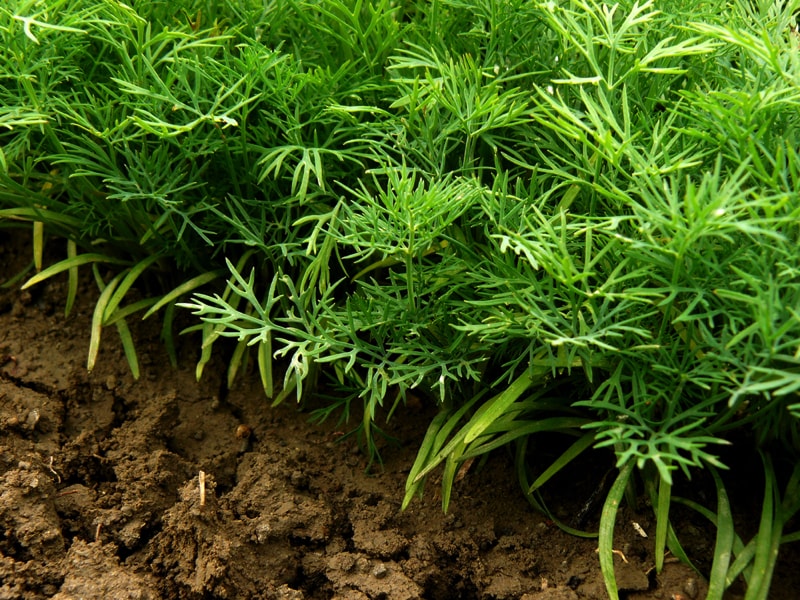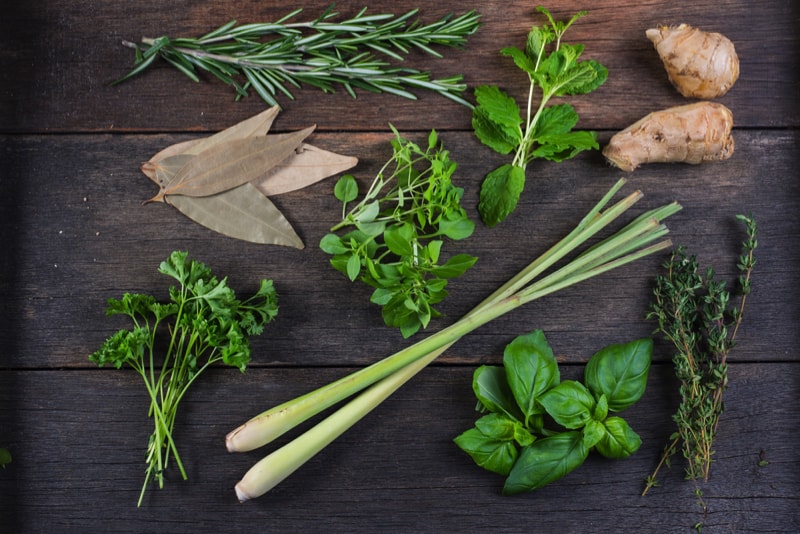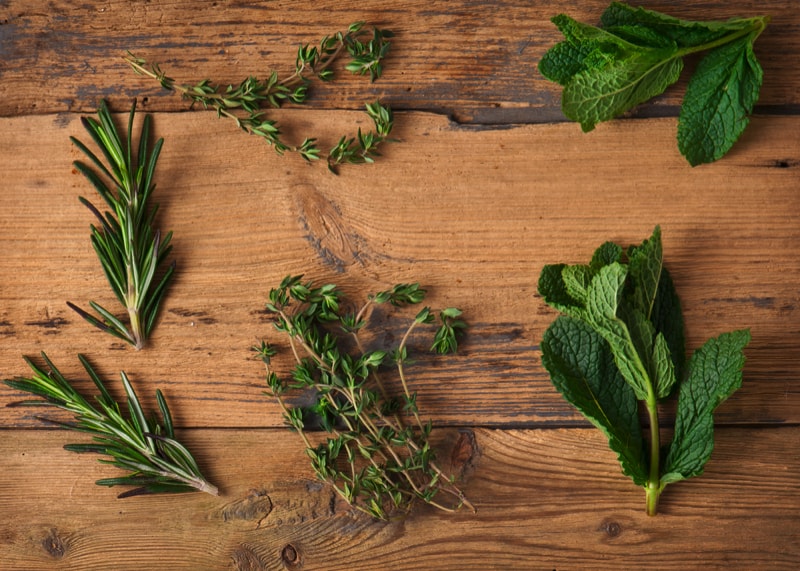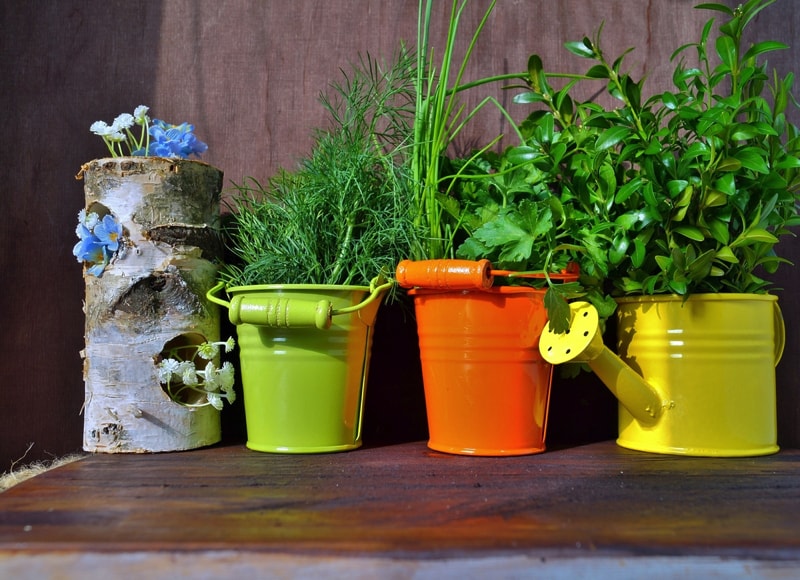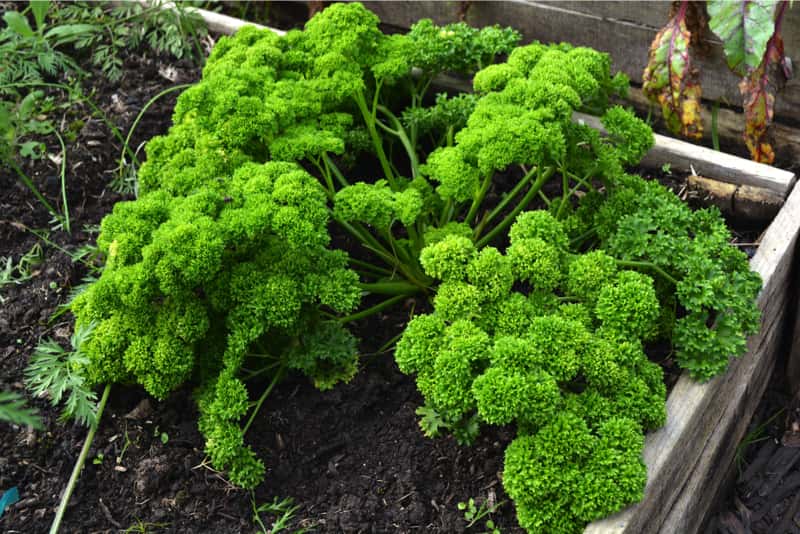 Did You Know There Are Some Very Eco-Friendly Homemade Cleaning Products Just Lurking In Your Pantry?
Did You Know There Are Some Very Eco-Friendly Homemade Cleaning Products Just Lurking In Your Pantry?
They’re also some of the most affordable as well.
Simple items that you have sitting around your kitchen can do a great job of cleaning every room in your house.
Basic Baking Soda
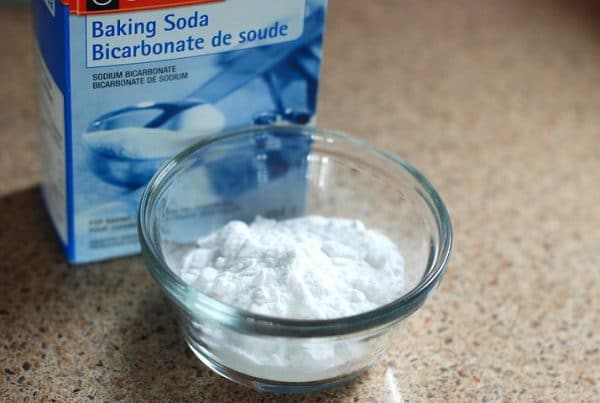 One of the most versatile cleaning products in any home is plain baking soda.
One of the most versatile cleaning products in any home is plain baking soda.
It is a natural deodorizer and also works as a gentle abrasive cleaner that can remove stuck-on dirt and stains.
You can use baking soda on your sinks, countertops, tub, and even toilet.
It works well on a variety of surfaces and can even be used to clean silver with a little water mixed in.
You can scrub stainless steel pots and pans with it, and even remove stains from porcelain sinks.
A box or small bowl of baking soda will absorb odors in the fridge or in any other small space.
If you are unfortunate to have a pet cat urinate on your carpet, by regularly spreading baking soda on the affected area, you can effectively neutralize the smell completely.
Versatile Vinegar
 Vinegar is perhaps the most powerful natural cleaner in your pantry—and don’t be afraid of the smell!
Vinegar is perhaps the most powerful natural cleaner in your pantry—and don’t be afraid of the smell!
It will dissipate shortly after you’re through using it.
Vinegar can be mixed with water and used to wash floors.
A vinegar and water solution can be used to replace your glass cleaner.
Vinegar can remove build-up from shower heads and faucets.
It is helpful in removing odors and can be used to clean wooden cutting boards to remove strong smells like onion and garlic.
Vinegar can also be added to your laundry to remove odors and help brighten your clothes.
Leave It To Lemon Juice
 Another easy-to-use green cleaner is lemon juice.
Another easy-to-use green cleaner is lemon juice.
Mix a little with baking soda to make a highly effective liquid abrasive that will remove stains from just about any surface.
Lemon juice can be used to remove rust from metal—simply rub half a lemon on the rust to take it off.
Lemons can also be used to remove odors from a garbage disposal—simply drop a half down and run the disposal.
Lemon juice will remove those food stains from your plastic storage containers as well.
These cleaners are not only earth-friendly, but they are also budget-friendly and safe for kids and pets.
You can replace almost every cleaner in your home with a combination of these three pantry cleaning products that you probably already have.
It can save you hundreds of dollars and prevent your family from being exposed to dangerous chemicals as well.

